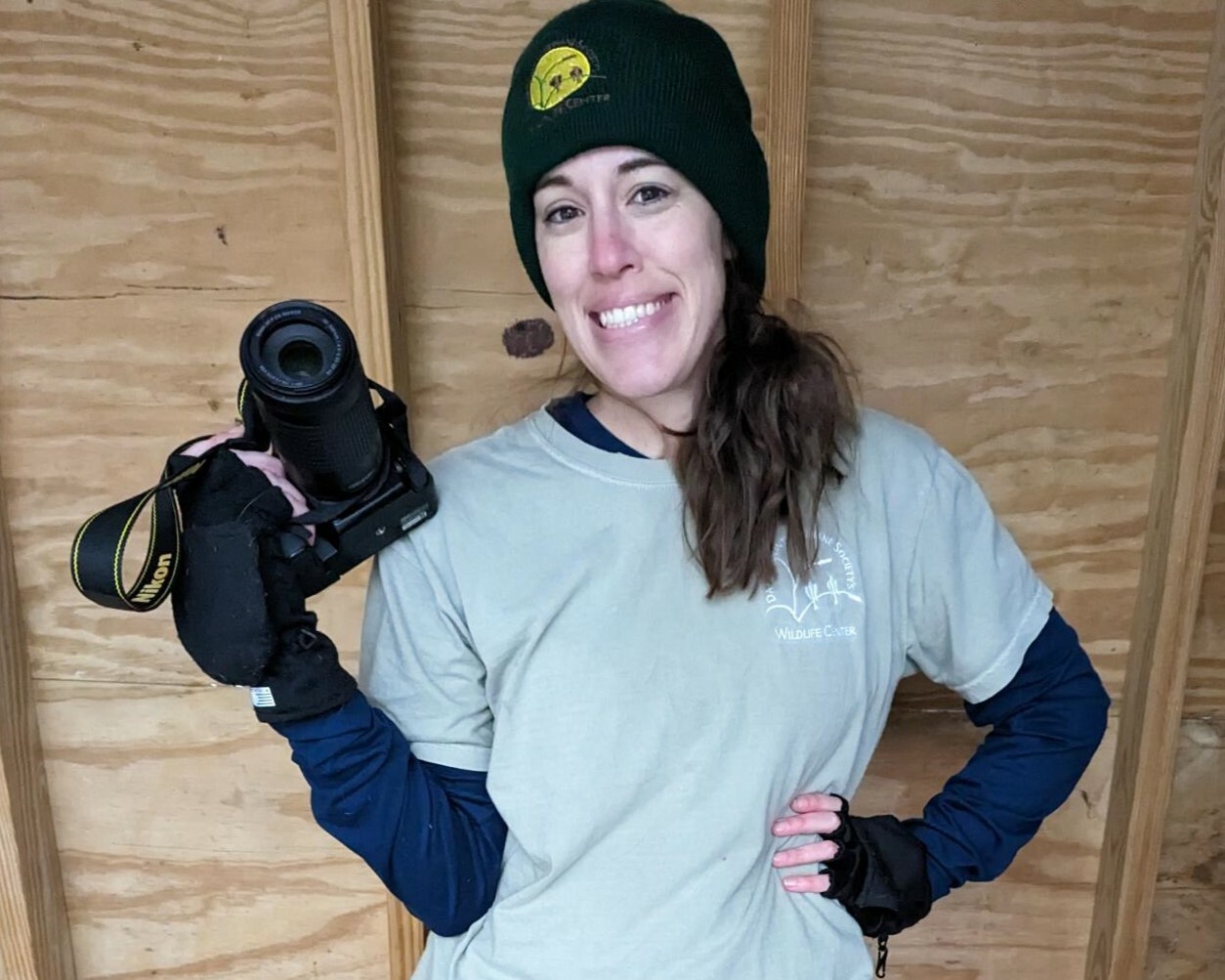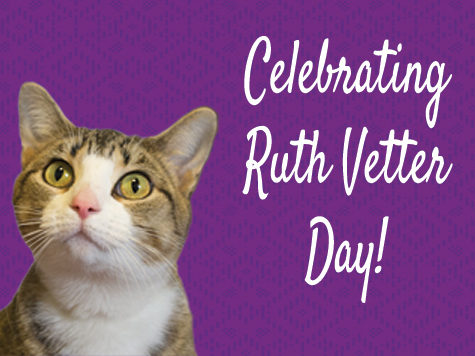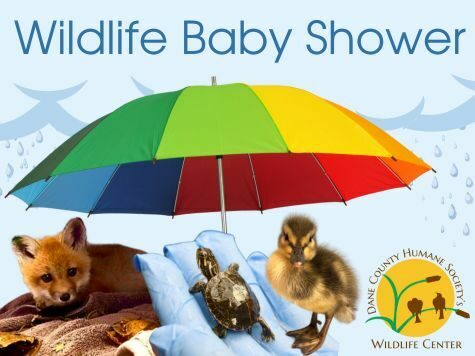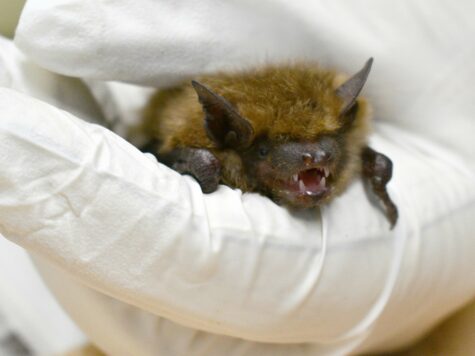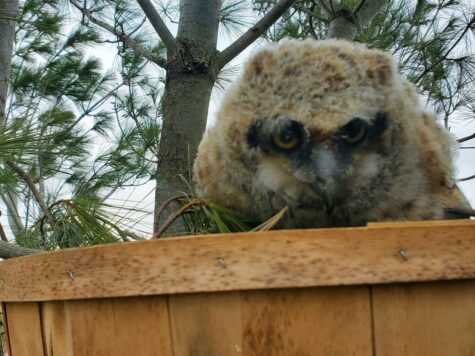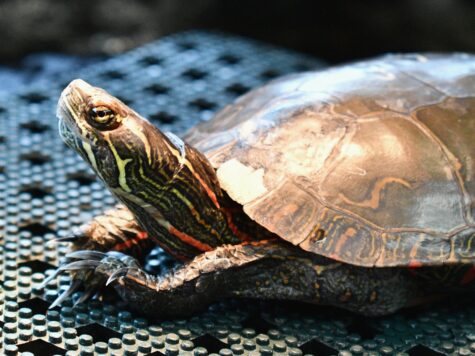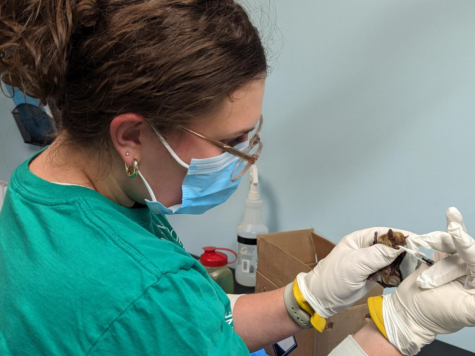It is the end of the day, and you are scrolling down your social media feed when you see the most beautiful photograph or video of a furred, flighted, or scaled animal. You wonder—how do they get those model-esque images of rehabilitated wildlife at DCHS’s Wildlife Center?
Or... maybe you've never had that thought? Well now you have because you've read this post!
Staff and volunteers who are entrusted with getting “behind-the-scenes” social media content can tell you that it is both a privilege and a challenge. It takes patience, a lot of coordination, knowledge of camera angles and lighting, and maybe even some squat exercises!
Volunteer photographer Lesley Haven says, “When I am available to take photos of patients, I start by reviewing the entire list of current patients to see who would be a good candidate to photograph. There are a few reasons why I might not be able to photograph a patient – I do not yet have my rabies [pre-exposure] vaccine, so I have limited access to rabies vector species … or, I may not be trained in [a] particular area, in which case I would ask staff for assistance or permission. The patient may also be high-stress or in quarantine. I try to take those points into account and if I will be in the way of staff or other volunteers trying to complete their tasks. I ask first before disrupting what they are doing.”
Staff and caretakers need to follow very specific requirements when they take photos of wildlife. First, they need to minimize stress that photography can cause – this means we do not use flash, and we minimize our time around that animal. We seek to take candid photographs of natural behaviors, or of volunteers in-action, and we do not try to get the animals to perform any particular behavior. The photographer must also be conscious of the animals’ stress levels and recognize the indicators of stress. We attempt to do our best to take photos when cages have just been cleaned, because as animal caretakers know, they do not stay clean for long!
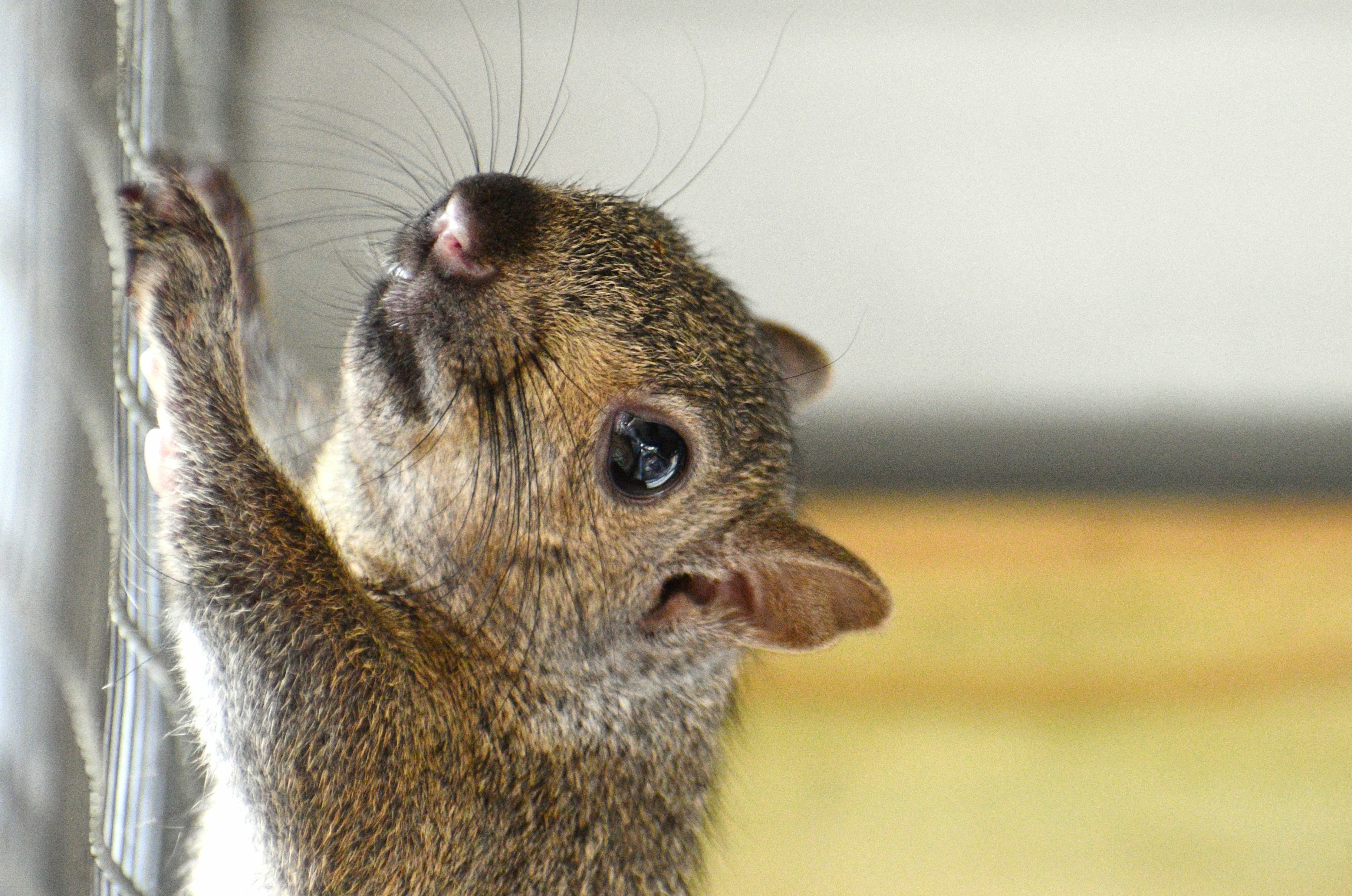
Even though we are in close proximity to our patients, photographing them is by no means easy. We are in close proximity the moment we enter the door of their enclosure – which is both helpful and harmful to our efforts to get a good photograph. Our subjects are constantly on the move and in outdoor pens that have natural sunlight, it can be difficult to find the right lighting, angle, and pose. Of course, we can't direct the patients to pose for us, so we just have to hope that they do and be ready!
One may think that if you take
lots of photos, you are sure to get at least one great one… right? You may be
able to get a few good images this way, but there is much more involved in a
rehabilitation setting. Lesley says, “The photos that I submit are only a
handful of the photos I've taken, many of which are blurry or are my attempts
to capture good lighting and angles.
“Sometimes when reviewing
photos later, I find that all of them are blurry – it can be hard to tell in
the moment and that is just the challenge of photographing a living subject. I
have taken many photographs of blurry birds flying out of view or of the now
empty branch they were perched on.”
But how do we keep all this camera action from impacting our patients? If you are not familiar with wildlife, know that they are stressed when they are in close proximity to humans because we are large predators to them. In most cases, we only photograph at the same time as food, water, or other medical care is provided to a patient. Media of our patients are shared with the public to increase the effectiveness of our outreach and education about wildlife rehabilitation. People need to see the types of animals we work with in order to support our mission; giving them a sense of familiarity with these animals from images and video creates compassion that words can’t replace.
“One thing I always take into account is the stress of the patients I photograph. When entering an enclosure, I try to stay quiet and move softly so as not to disturb them too much. I try to keep my time in each enclosure limited or coordinate taking photographs when other care is being provided. I may move around the enclosure to flush them to a new spot where I can take a better photograph, but I try to limit this as well. And above all, if I notice a patient is stressed by my presence, I stop and leave. The well-being of the animals we care for will always be priority over getting a good photo,” says Lesley.
It is a balance of keeping our interactions with our wild patients limited, but also recognizing that there are very important reasons to take visual media of wildlife in care. Engaging visual media increases our ability to educate people about wildlife topics, create excitement about a species or patient, inspire compassion, connect with our community, and generate funding to support our efforts on behalf of these animals. And, Lesley notes, “Seeing the photographs I've taken shared with the public, staff, and volunteers at DCHS and the responses and outreach they help create is truly rewarding. I do believe that actually seeing examples of patients we've had in care helps connect the public with the work we do, and I am proud to be a part of that effort.”
